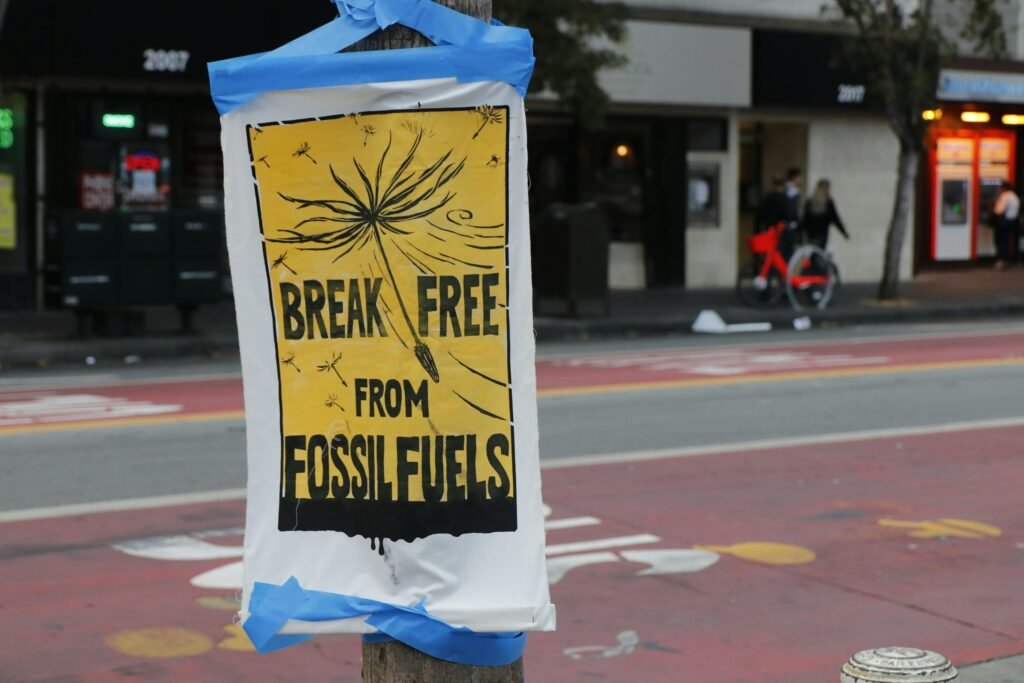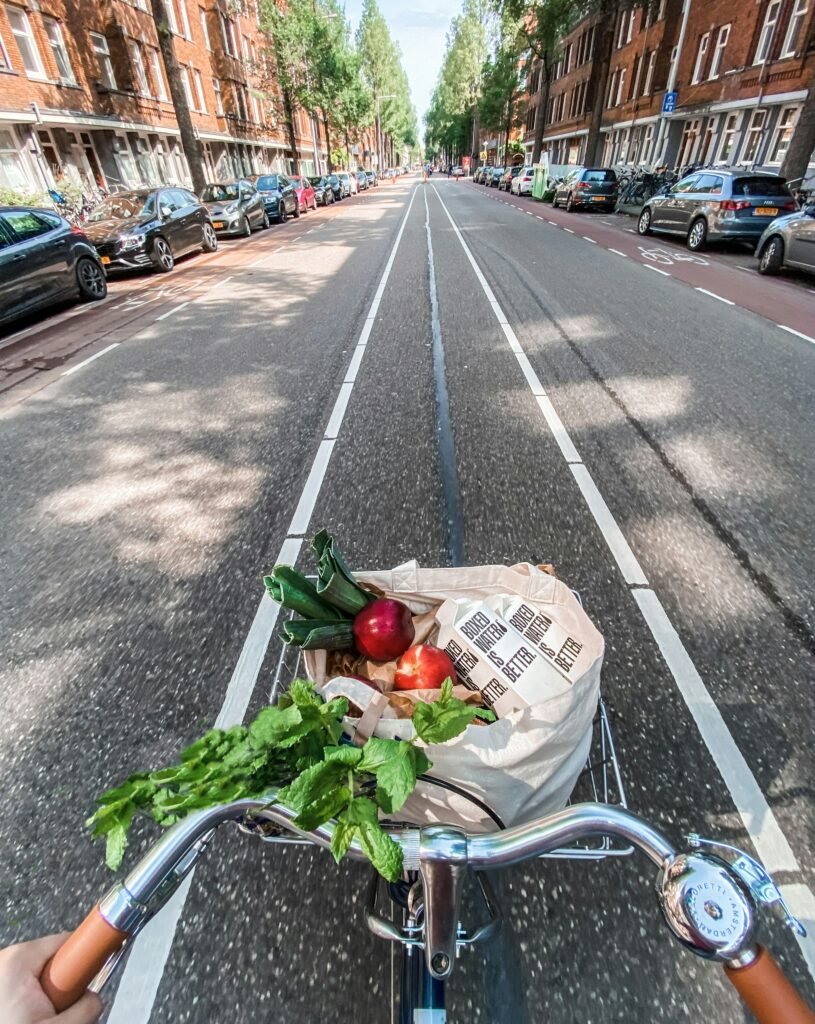Have you ever wondered about the sustainability of the plastic storage products you use every day? From plastic bins to food containers, these products play a significant role in our daily lives. But have you ever considered the impact they have on the environment throughout their lifecycle? In this article, we will delve into the sustainability of plastic storage products through a lifecycle analysis, exploring their environmental impact from production to disposal. Let’s examine the facts and figures to gain a better understanding of how these products affect our planet and what we can do to make more sustainable choices.

This image is property of images.unsplash.com.
Understanding Lifecycle Analysis
Before we dive into the specifics of plastic storage products, let’s first understand what a lifecycle analysis (LCA) is and why it’s essential in assessing the sustainability of products. An LCA is a systematic technique used to evaluate the environmental aspects and potential impacts associated with a product, process, or service throughout its entire life cycle. This includes all stages, from raw material extraction to manufacturing, distribution, use, and disposal. By conducting an LCA, we can gain insights into the environmental hotspots of a product and identify opportunities for improvement.
Why is Lifecycle Analysis Important?
Understanding the environmental impact of products is crucial in making informed decisions about sustainable consumption and production. An LCA provides a comprehensive view of a product’s lifecycle, enabling us to assess its overall sustainability performance and identify areas where interventions can be made to reduce negative impacts. By analyzing all stages of a product’s life, we can promote resource efficiency, reduce waste generation, and minimize pollution. This information is valuable for manufacturers, policymakers, and consumers alike, as it empowers us to make more environmentally friendly choices.
The Lifecycle of Plastic Storage Products
Plastic storage products, such as containers, bins, and organizers, are commonly used in households, offices, and industries to store and organize items. These products are typically made from various types of plastic, such as polypropylene (PP), polyethylene (PE), or polystyrene (PS), which are lightweight, durable, and cost-effective. However, the production and disposal of plastic storage products have significant environmental implications due to the use of fossil fuels, energy consumption, and waste generation. Let’s break down the lifecycle of plastic storage products to better understand their environmental impact.
Raw Material Extraction and Production
The lifecycle of plastic storage products begins with the extraction of raw materials, such as crude oil or natural gas, which are used as feedstock for plastic production. The extraction and processing of fossil fuels have environmental consequences, including habitat destruction, air and water pollution, and greenhouse gas emissions. Once the raw materials are obtained, they are processed through various chemical processes to produce plastic resin pellets, which are then used to manufacture plastic storage products. The production of plastic requires significant amounts of energy, water, and chemicals, contributing to resource depletion and environmental pollution.
Manufacturing and Distribution
After the plastic resin pellets are produced, they are molded, extruded, or formed into various shapes and sizes to create plastic storage products. The manufacturing process involves the use of machinery, energy, and additional materials, such as dyes and additives, to achieve the desired properties and functionalities of the products. Once the plastic storage products are manufactured, they are packaged, labeled, and distributed to retailers and consumers through transportation networks. The distribution phase involves the use of trucks, ships, or planes to transport the products, resulting in greenhouse gas emissions and air pollution.
Use and Maintenance
Once plastic storage products reach consumers, they are used to store, organize, and protect items in homes, offices, or warehouses. The durability and versatility of plastic make it a popular choice for storage solutions, as it is lightweight, waterproof, and resistant to corrosion. However, the use of plastic storage products also has environmental implications, such as the release of microplastics and additives into the environment, especially when the products degrade or are improperly disposed of. Regular maintenance and cleaning of plastic storage products are essential to prolong their lifespan and minimize waste generation.
End-of-Life Management and Disposal
At the end of their useful life, plastic storage products may be discarded, recycled, or disposed of in landfills or incinerators. The disposal of plastic products has significant environmental impacts, as plastics are non-biodegradable and can persist in the environment for hundreds of years. When plastic storage products are landfilled, they may release harmful chemicals, leachates, and greenhouse gases into the soil and water, contaminating ecosystems and contributing to climate change. Recycling plastic storage products can help reduce waste and conserve resources, but many plastic products end up in landfills due to low recycling rates and lack of infrastructure.

This image is property of images.unsplash.com.
Environmental Impact of Plastic Storage Products
Plastic storage products have a complex environmental footprint due to their production, use, and disposal. The lifecycle analysis of these products reveals several key environmental impacts that should be considered when assessing their sustainability. Let’s explore some of the major environmental issues associated with plastic storage products and their implications for the planet.
Resource Depletion
The production of plastic storage products relies on the extraction and processing of fossil fuels, which are finite and non-renewable resources. The continuous demand for plastic products contributes to resource depletion and energy consumption, as well as the destruction of natural habitats and ecosystems. By using more sustainable materials, such as biodegradable plastics or recycled plastics, we can reduce our reliance on fossil fuels and promote resource conservation.
Greenhouse Gas Emissions
The production, transportation, and disposal of plastic storage products result in the emission of greenhouse gases, such as carbon dioxide (CO2) and methane (CH4), which contribute to global warming and climate change. The manufacturing process of plastic requires energy from fossil fuels, while the disposal of plastic products in landfills generates methane gas. By minimizing energy consumption, increasing energy efficiency, and promoting recycling and waste reduction, we can reduce the carbon footprint of plastic storage products.
Pollution and Contamination
Plastic storage products can contribute to pollution and contamination of the environment through the release of microplastics, additives, and toxic chemicals. When plastic products degrade or are incinerated, they can release harmful substances into the air, soil, and water, posing risks to human health and wildlife. Plastic pollution is a growing concern worldwide, as marine ecosystems, wildlife habitats, and human communities are affected by plastic waste. By using less plastic, choosing biodegradable alternatives, and properly disposing of plastic products, we can reduce pollution and protect the environment.
Waste Generation
The disposal of plastic storage products in landfills or incinerators leads to waste generation and environmental degradation. Plastic products do not biodegrade like organic materials, such as paper or food waste, and can persist in the environment for hundreds of years. The accumulation of plastic waste in landfills, oceans, and waterways poses a threat to ecosystems, wildlife, and human health. By adopting a circular economy approach, where products are designed for reuse, recycling, and resource recovery, we can reduce waste generation and promote a more sustainable system of production and consumption.
Making Sustainable Choices
Now that we have examined the sustainability of plastic storage products through a lifecycle analysis, it’s essential to consider ways to make more sustainable choices in our daily lives. By being conscious of the environmental impact of the products we use and the actions we take, we can contribute to a more sustainable future for our planet. Here are some tips for making sustainable choices when it comes to plastic storage products:
Choose Durable and Reusable Products
Opt for high-quality plastic storage products that are durable, long-lasting, and designed for reuse. By investing in products that have a longer lifespan, you can reduce waste generation and minimize the need for frequent replacements. Look for products made from recycled plastics or biodegradable materials, which are environmentally friendly alternatives to traditional plastics.
Reduce, Reuse, Recycle
Practice the 3Rs of waste management – reduce, reuse, and recycle – to minimize your environmental footprint when using plastic storage products. Use fewer disposable plastic products and opt for reusable alternatives, such as glass containers or stainless steel bins. When disposing of plastic products, make sure to recycle them properly in accordance with local recycling guidelines. By reducing waste, conserving resources, and recycling materials, you can help close the loop on the lifecycle of plastic storage products.
Proper Disposal and Recycling
When it’s time to dispose of plastic storage products, make sure to follow proper disposal and recycling practices to minimize their environmental impact. Check with your local recycling facility to see which types of plastics are accepted for recycling and how to prepare them for recycling. Consider donating gently used plastic storage products to local charities or community organizations to extend their lifespan and reduce waste. By taking responsibility for the end-of-life management of plastic products, we can prevent them from ending up in landfills or polluting the environment.
Support Sustainable Brands and Practices
Choose to support brands and companies that prioritize sustainability in their manufacturing processes, product designs, and packaging materials. Look for certifications, such as the Forest Stewardship Council (FSC) or the Sustainable Forestry Initiative (SFI), that indicate a commitment to responsible sourcing and production. Consider purchasing plastic storage products from brands that use recycled or biodegradable materials, minimize their carbon footprint, and promote eco-friendly practices. By supporting sustainable brands and practices, you can help drive positive change in the industry and encourage more environmentally friendly alternatives.
Advocate for Policy Changes
Get involved in advocating for policy changes that promote sustainability, waste reduction, and recycling initiatives at the local, state, and federal levels. Support legislation that bans single-use plastics, incentivizes recycling programs, and encourages the use of biodegradable or compostable materials. Take action to raise awareness about the environmental impact of plastic storage products and the importance of making sustainable choices. By participating in community events, signing petitions, and engaging with policymakers, you can make a difference in shaping a more sustainable future for plastic products.

This image is property of images.unsplash.com.
Conclusion
In conclusion, examining the sustainability of plastic storage products through a lifecycle analysis reveals the complex environmental impact of these products and the need for more sustainable practices in their production, use, and disposal. By understanding the lifecycle of plastic storage products, we can identify opportunities for improvement and make more informed choices to reduce our environmental footprint. By choosing durable, reusable, and recyclable plastic products, supporting sustainable brands and practices, advocating for policy changes, and practicing the 3Rs of waste management, we can contribute to a more sustainable future for our planet. Let’s take action today to make a positive impact on the environment and create a greener, cleaner world for future generations.
